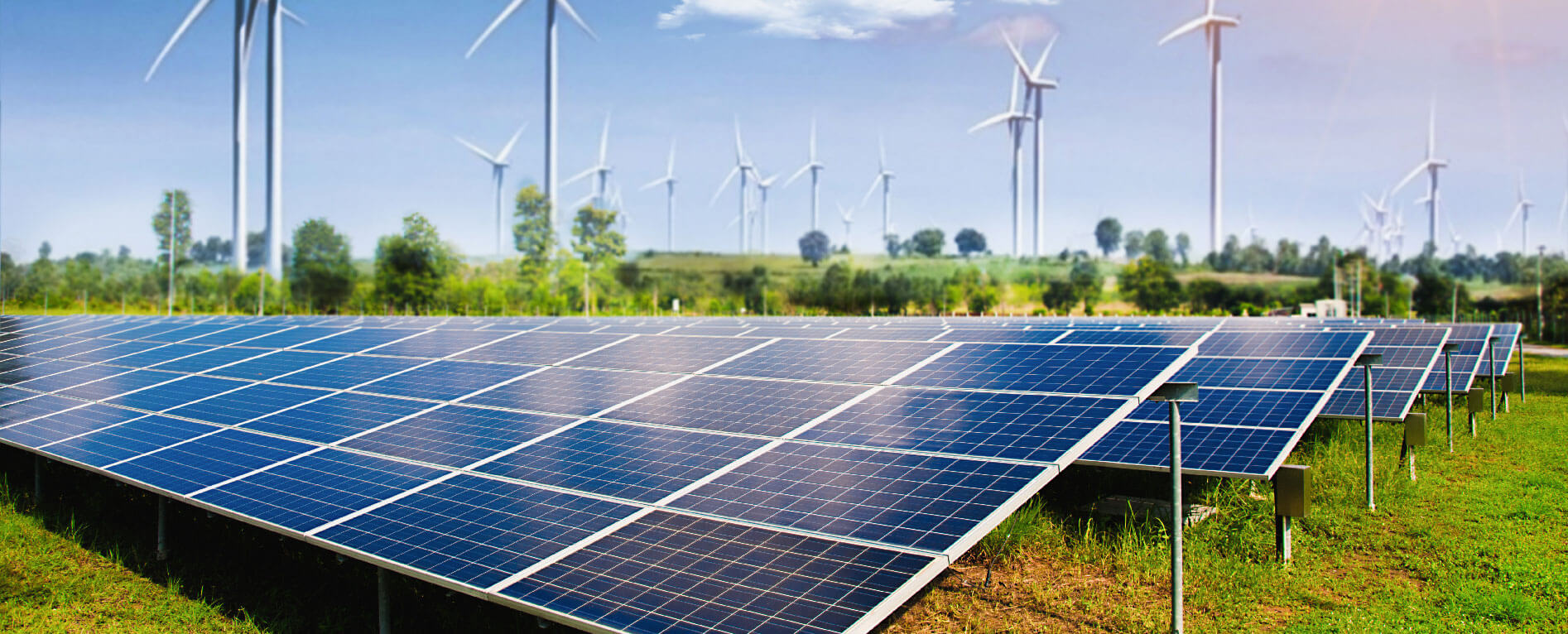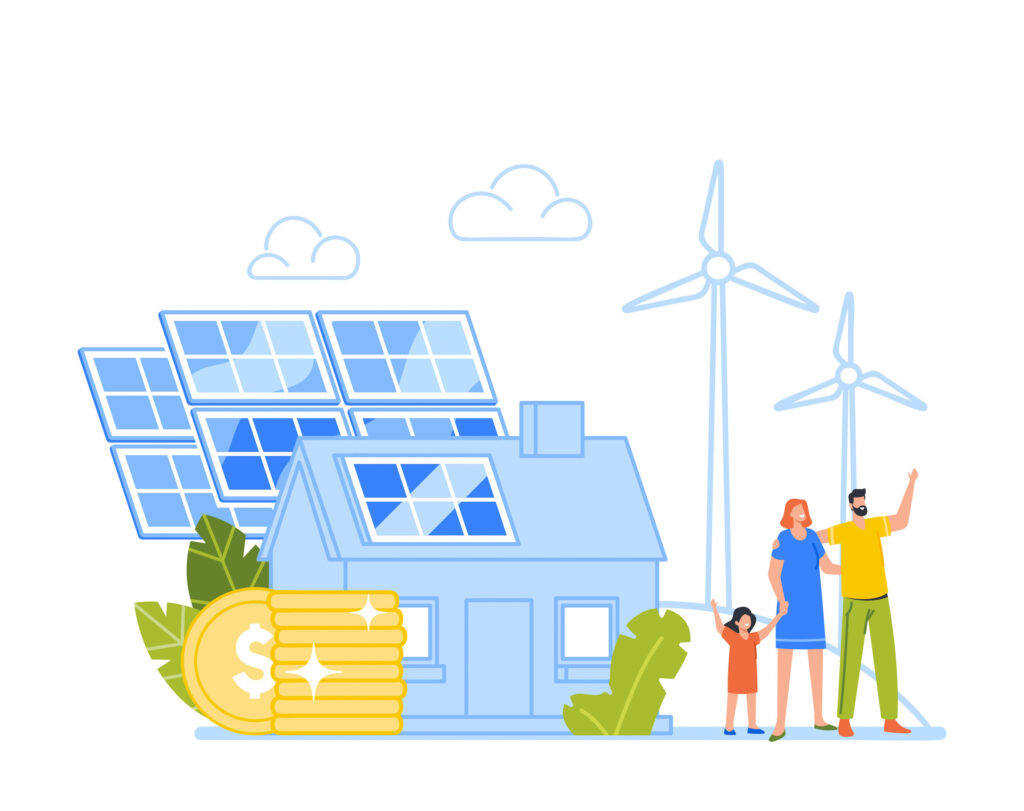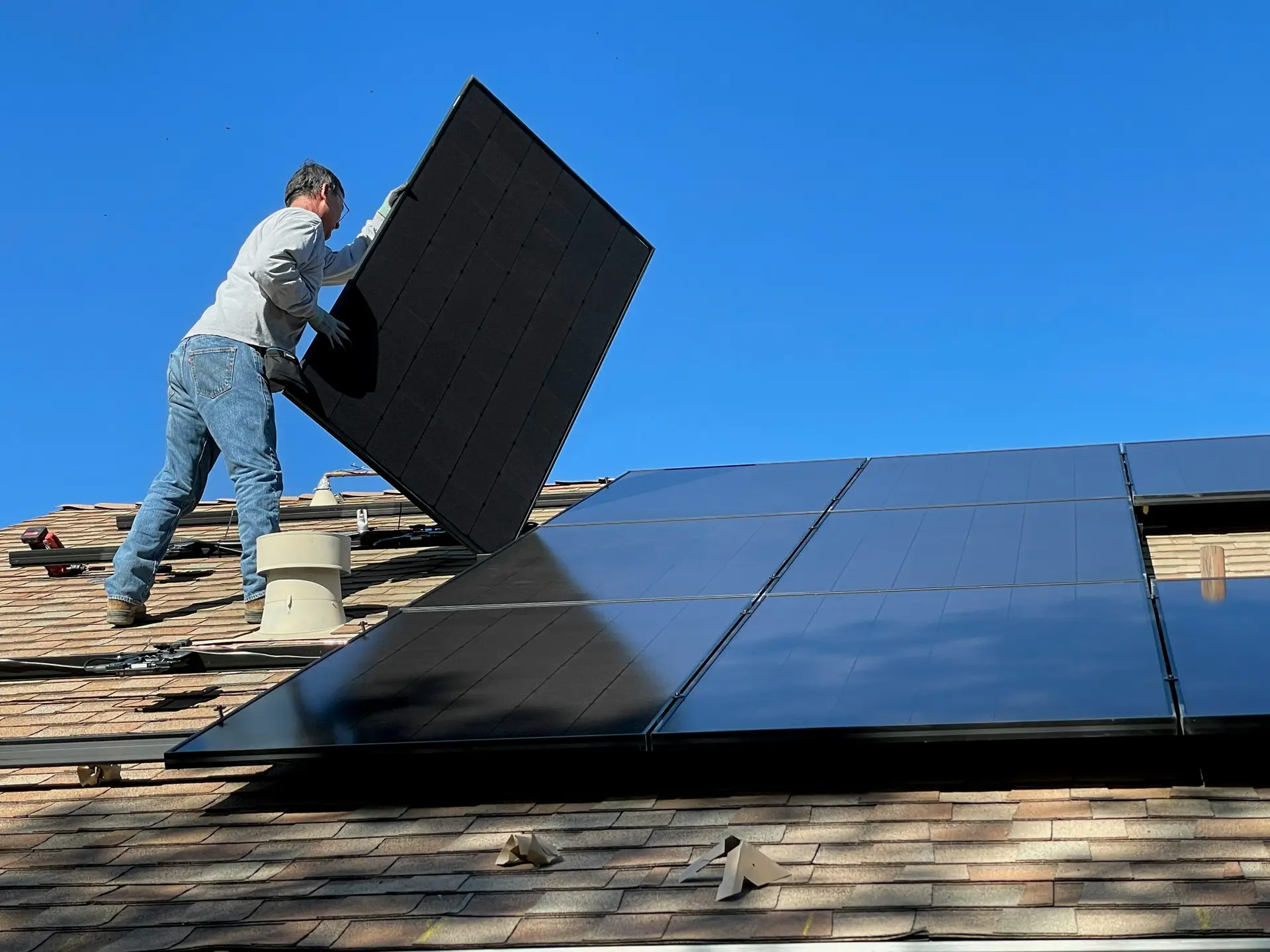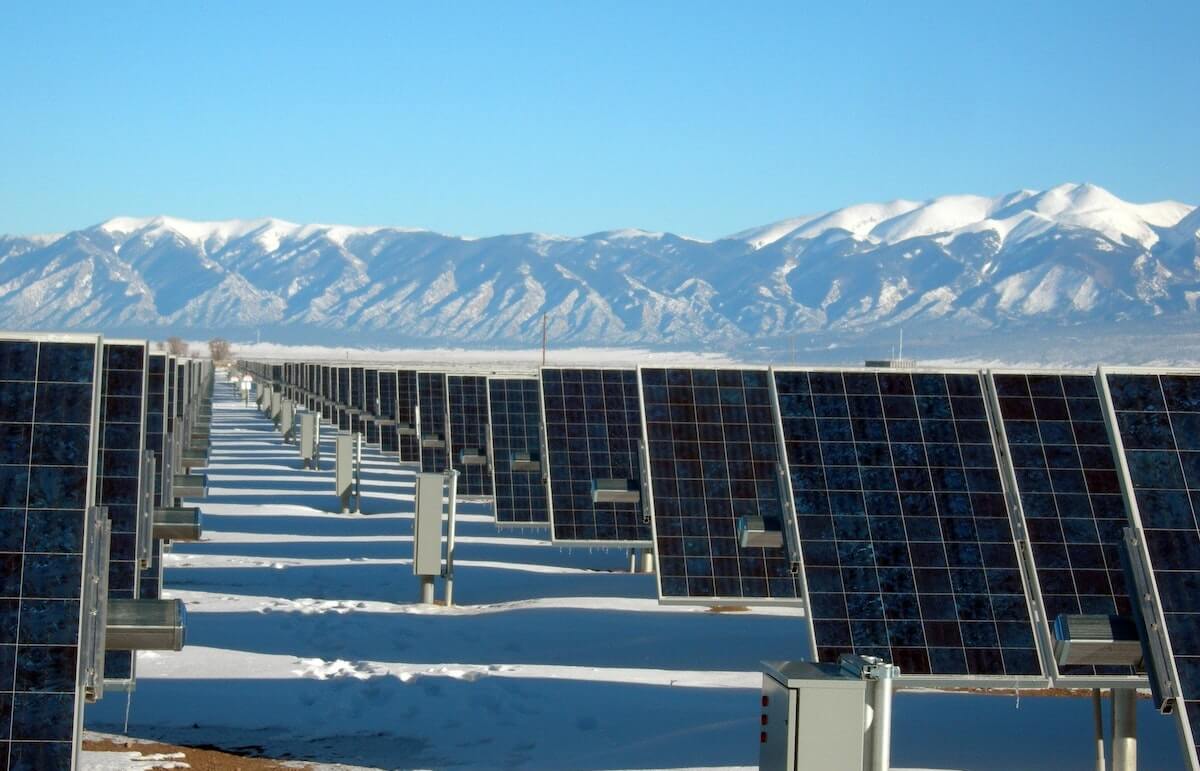
Understanding Renewable Energy, Solar Energy, and Clean Energy
As global awareness of climate change and environmental sustainability continues to rise, the need for sustainable energy sources becomes increasingly vital. Discussions about energy solutions frequently mention terms like “renewable energy,” “solar energy,” and “clean energy.” While these terms may appear interchangeable, each has distinct meanings and implications. This article clarifies their definitions, highlights their differences, and addresses common misconceptions that can cloud our understanding of these important concepts.
What is Renewable Energy?
Renewable energy refers to energy generated from natural processes that are continuously replenished. This includes a variety of energy sources, such as:
- Solar Energy: Harnessed from sunlight using solar panels or solar thermal systems.
- Wind Energy: Generated from the movement of air through wind turbines.
- Hydropower: Produced from flowing water, typically through dams.
- Biomass: Derived from organic materials like plant and animal waste.
- Geothermal Energy: Obtained from the Earth’s internal heat.
The key characteristic of renewable energy is its ability to be replenished naturally within a relatively short time frame, making it a sustainable alternative to fossil fuels. For more information, check out the U.S. Department of Energy.
What is Solar Energy?
Solar energy is a specific subset of renewable energy that focuses on harnessing energy from sunlight. It can be converted into electricity or heat for various applications, such as:
- Residential power generation: Providing electricity for homes.
- Water heating: Supplying hot water for residential and commercial use.
- Powering vehicles: Some electric vehicles use solar energy for charging.
The two main technologies for harnessing solar energy are:
- Photovoltaic (PV) Systems: Convert sunlight directly into electricity using solar panels.
- Solar Thermal Systems: Capture sunlight to heat water or air.
As technology advances, solar energy has become one of the fastest-growing segments of the renewable energy market, providing promising solutions to reduce reliance on fossil fuels and mitigate greenhouse gas emissions. For further details, visit Solar Energy Technologies Office.

What is Clean Energy?
Clean energy refers to energy sources that produce little to no pollution during generation and use. This term isn’t limited to renewable sources; it also includes some non-renewable sources with low environmental impacts. For instance, nuclear energy is often considered clean because it does not produce greenhouse gases during electricity generation.
The main focus of clean energy is to minimize environmental harm and promote sustainable energy practices. This can include energy efficiency measures and the adoption of technologies that reduce pollution. Clean energy solutions help transition to a more sustainable energy landscape while addressing climate change. For more insights, check the Environmental Protection Agency.
Differences
While renewable energy, solar energy, and clean energy are interconnected concepts, they differ in important ways.
- Scope:
- Renewable Energy: Encompasses a broad range of energy sources that are naturally replenished.
- Solar Energy: A specific type of renewable energy derived from sunlight.
- Clean Energy: Focuses on the environmental impact of energy generation, including both renewable and some low-emission non-renewable sources.
- Environmental Impact:
- Renewable Energy: Generally has a lower impact compared to fossil fuels but can still cause ecological issues, such as habitat disruption from wind farms or hydropower dams.
- Solar Energy: Has a minimal footprint during operation but involves land use and resource extraction for manufacturing solar panels.
- Clean Energy: Prioritizes minimizing pollution and environmental damage, regardless of the energy source.
- Market Presence:
- Renewable Energy: Includes diverse technologies, leading to a competitive market.
- Solar Energy: One of the fastest-growing segments, driven by declining costs and technological advancements.
- Clean Energy: Represents a broader commitment to reducing environmental impacts, including energy efficiency measures.
For a deeper understanding of these distinctions, you can refer to National Renewable Energy Laboratory.
Misconceptions
There are several misconceptions surround these terms and how they are similar and different. It really comes down to the measurements of each that you are prioritizing. Here are some ways to considering the varying classifications of energy.
- All Renewable Energy is Clean:
While renewable energy sources are generally more environmentally friendly than fossil fuels, not all are entirely clean. For example, manufacturing solar panels requires energy and materials that can have significant environmental impacts. Large hydropower projects can also disrupt local ecosystems. - Solar Energy is the Only Renewable Energy:
Many people associate renewable energy primarily with solar power, but other sources like wind, hydropower, and biomass are also crucial components of the renewable energy landscape. - Clean Energy Means Zero Environmental Impact:
Although clean energy sources produce minimal emissions, they can still have environmental impacts, such as habitat alteration or water use. The term “clean” refers to the pollution produced during operation, not the entire lifecycle of the energy source. - Renewable Energy is Inconsistent and Unreliable:
While some renewable sources, like solar and wind, can be intermittent, advancements in technology, such as energy storage systems and grid management, are making renewable energy more reliable. A diversified energy mix can help mitigate intermittency issues.
Understanding the distinctions between renewable energy, solar energy, and clean energy is essential for informed discussions about energy solutions and environmental sustainability. Each term carries unique characteristics and implications for the future of energy. By addressing misconceptions and promoting a nuanced understanding of these concepts, we can better advocate for sustainable energy practices that benefit both people and the planet.
As we move toward a cleaner, more sustainable future, the roles of renewable and clean energy will undoubtedly continue to grow in importance, shaping the energy landscape for generations to come. For more information, visit the International Energy Agency.




